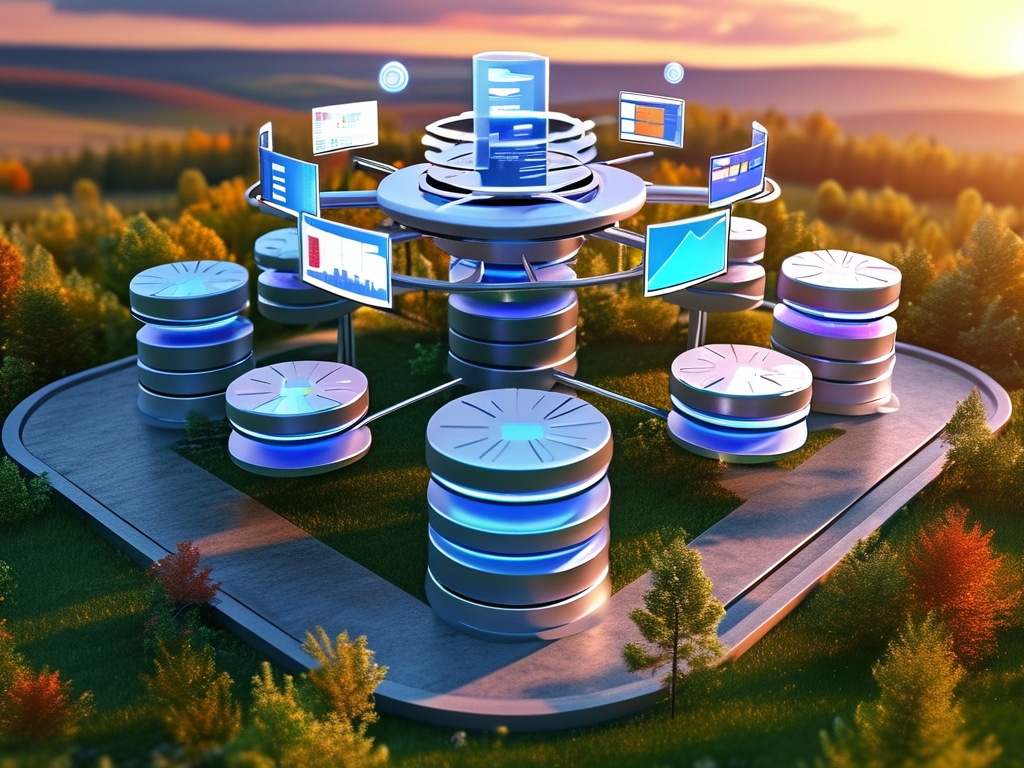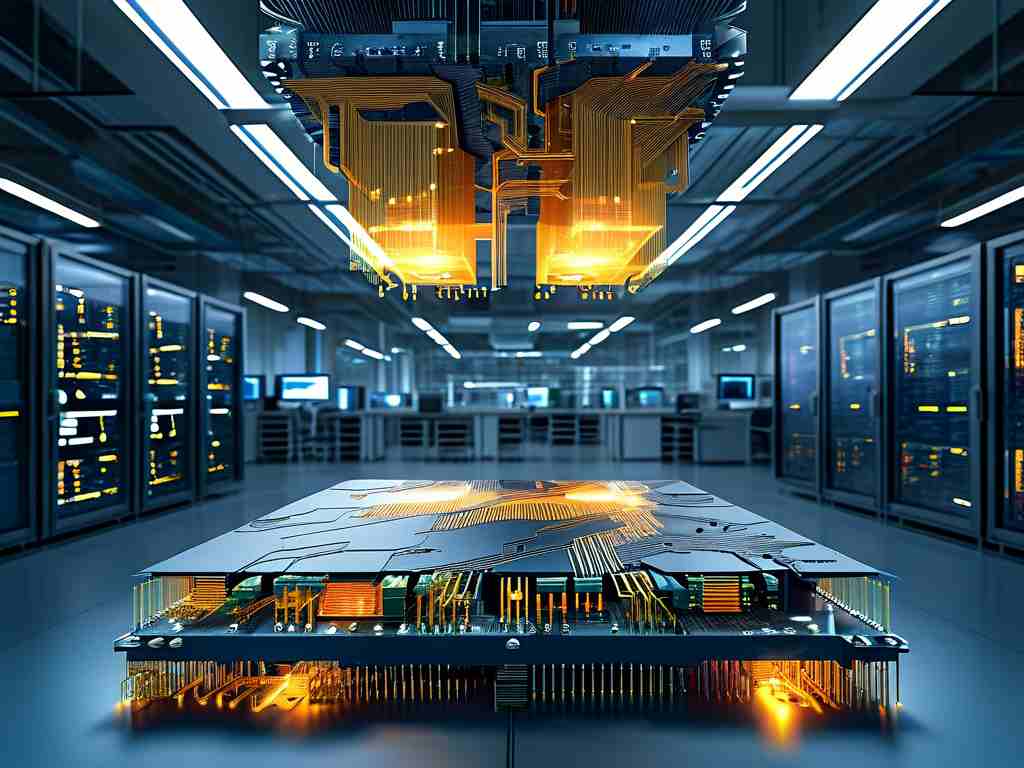In today’s data-driven world, distributed data sharing architectures have become foundational to modern computing systems. These architectures enable organizations to manage, process, and share data across geographically dispersed nodes while ensuring scalability, fault tolerance, and performance. This article explores the key types of distributed data sharing architectures, their benefits, challenges, and real-world applications.

1. Peer-to-Peer (P2P) Networks
Peer-to-peer architectures decentralize data storage and sharing by allowing nodes to act as both clients and servers. Each node contributes resources, such as storage or computational power, creating a self-sustaining network. Examples include file-sharing platforms like BitTorrent and blockchain networks like Bitcoin.
- Benefits:
- No single point of failure.
- Scalability through horizontal expansion.
- Reduced infrastructure costs.
- Challenges:
- Data consistency and synchronization issues.
- Security risks due to decentralized control.
2. Client-Server Model with Distributed Databases
This architecture combines the traditional client-server model with distributed databases to balance workloads. Clients request data from centralized servers, but the servers themselves may distribute data across multiple nodes. Examples include Apache Cassandra and MongoDB.
- Benefits:
- Simplified management through centralized control.
- Optimized query performance via sharding.
- Challenges:
- Bottlenecks if the central server is overloaded.
- Higher latency for cross-node transactions.
3. Blockchain-Based Architectures
Blockchain systems use cryptographic techniques to create immutable, decentralized ledgers. Data is shared across nodes in a trustless environment, making it ideal for applications requiring transparency and security, such as supply chain management or financial transactions (e.g., Ethereum).
- Benefits:
- Tamper-proof data integrity.
- Decentralized consensus mechanisms.
- Challenges:
- High energy consumption (e.g., proof-of-work systems).
- Limited throughput compared to centralized systems.
4. Federated Database Systems
Federated architectures integrate multiple autonomous databases into a unified system. Each database retains its independence but shares data through standardized interfaces. This approach is common in healthcare and government systems where data sovereignty is critical.
- Benefits:
- Respects data ownership and governance policies.
- Enables cross-organization collaboration.
- Challenges:
- Complex query optimization across heterogeneous systems.
- Schema mapping difficulties.
5. Cloud-Based Distributed Storage
Cloud providers like AWS S3, Google Cloud Storage, and Azure Blob Storage offer distributed data sharing through globally replicated storage systems. Data is automatically synchronized across regions, ensuring high availability and disaster recovery.
- Benefits:
- Pay-as-you-go pricing models.
- Built-in redundancy and backup solutions.
- Challenges:
- Vendor lock-in risks.
- Latency in multi-region setups.
6. Edge Computing Architectures
In edge computing, data is processed and shared closer to its source (e.g., IoT devices) rather than in centralized data centers. This reduces latency and bandwidth usage, making it suitable for real-time applications like autonomous vehicles or industrial automation.
- Benefits:
- Ultra-low latency for critical applications.
- Reduced reliance on centralized infrastructure.
- Challenges:
- Limited storage and compute resources at the edge.
- Security vulnerabilities in distributed edge nodes.
7. Hybrid Architectures
Many organizations adopt hybrid models that combine multiple approaches. For example, a company might use a centralized cloud database for analytics while leveraging edge nodes for real-time data collection.
- Benefits:
- Flexibility to optimize for specific use cases.
- Balances performance, cost, and scalability.
- Challenges:
- Integration complexity.
- Requires robust middleware for interoperability.
Challenges in Distributed Data Sharing Architectures
Despite their advantages, these architectures face common challenges:
- Data Consistency: Ensuring all nodes have the same data version (e.g., via CAP theorem trade-offs).
- Security: Protecting data across distributed nodes from breaches or unauthorized access.
- Latency: Minimizing delays in geographically dispersed systems.
- Cost: Balancing infrastructure expenses with performance requirements.
Real-World Applications
- Healthcare: Federated systems enable hospitals to share patient records without compromising privacy.
- Finance: Blockchain architectures power cryptocurrencies and smart contracts.
- E-commerce: Cloud-based storage supports global inventory management and customer analytics.
Distributed data sharing architectures are not one-size-fits-all solutions. The choice depends on factors like scalability needs, data sensitivity, and budget constraints. As technologies like 5G, AI, and quantum computing evolve, these architectures will continue to adapt, offering new possibilities for secure, efficient, and scalable data sharing. Organizations must carefully evaluate their requirements to select the optimal model—or combination of models—for their unique challenges.









